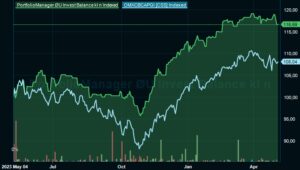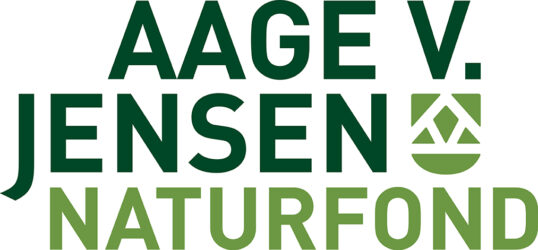Fra Steen Jakobsen, Saxo Bank
China-driven credit impulse slowdown taking centre stage
PIMCO, Danske Bank, UBS reports emphasise cycle peak
‘Our model shows a top in place on momentum growth’

The global credit impulse, led by China, is suddenly in the red. Photo: Shutterstock
By Steen Jakobsen
For the past month or two, I have been reiterating that the credit impulse slowdown driven by China (and confirmed by my visit to China two weeks ago) is absolutely crucial to the future of global markets.
This morning, I read two reports from PIMCO and Danske Bank that confirm this view, with the latter stating that:
“Chinese leading indicators have pointed to a peak in the cycle for some time […] After pointing to a peak in recent months, the April PMI confirmed that activity is slowing in Q2 and we expect this to continue for the rest of 2017.”
The Danske Bank summary went on to claim that:
“A peak in the China cycle would contribute to the reflation theme losing further steam, as the global cycle peaks and commodity price inflation heads lower.”
Also on my desk this morning was a February 22 report from UBS stating that:
“Our global credit impulse (covering 77% of global GDP) has suddenly collapsed…[but] the ‘global’ credit impulse over the last 18 months is essentially mainly China, which even now is still creating new credit at an annualized rate of around 30pp of (Chinese) GDP. But the credit impulse is the ‘change in the change’ in credit and even the Chinese banks could not sustain the recent extraordinary pace of credit acceleration.”
These views reiterate those of my March Asian macro presentation, in which I said that I saw the credit impulse peaking in Q1.

Source: PIMCO
Credit impulse: tightening feeding through now

These are the key ingredients in any economic model. We economists understand close to zero on the “black box” that we call the economy, but we can observe what is put into the black box… and what comes out.
Right now the short-term price of money is rising (controlled by global central banks) and the amount of credit is falling (credit impulse) that will, “everything being equal”, create lower growth, less productivity, and less inflation
Our studies, mainly done by our friend Robert Balan, show a nine-month lead-lag of credit to economy, meaning today’s headline and economic data were created nine months ago!
Want to be reminded of what happened nine months ago? Well here is the European Central Bank’s balance sheet from 2016 through to now:

What do we see? A massive explosion of credit that explains why earnings, PMI data, and inflation are peaking right now.
Top in place
Our model, driven by credit, indicates that a top is in place on momentum growth. Our data and on-the-ground information on China indicate an economy sliding to to “full stop” ahead of the Communist Party conference this autumn, which will lead to zero or negative growth and the halting of the credit impulse from China (representing more than 50% of global growth and credit).
The biggest perception-versus-reality gap remains that concerning the risk of recession… right now, the market is at 20% offered.
We are at 60% bid.
Asset by asset…
Our allocation, meanwhile has been extremely boring. Here is my December 14 allocation:
Fixed Income: overweight (50%) from underweight (0%) versus neutral being 25%
Commodities: neutral (25%) versus neutral
Equities: underweight (10%) versus underweight (10%)
Cash: underweight (15%) versus overweight (65%)
Currency overlay: From net-long USD to short USD now
(Net longs versus USD: AUD, GBP, and gold)
There is one marginal change: We have taken a small – very small – profit on AUD and we have gone neutral on ZAR as both South Africa and Australia are highly correlated to credit and China.
Otherwise our main overweight is fixed income (10- and 30-year) with a weaker dollar theme as our main policy regarding Trump and the US.

Are world markets ready for a serious slowdown in China? Photo: Shutterstock













